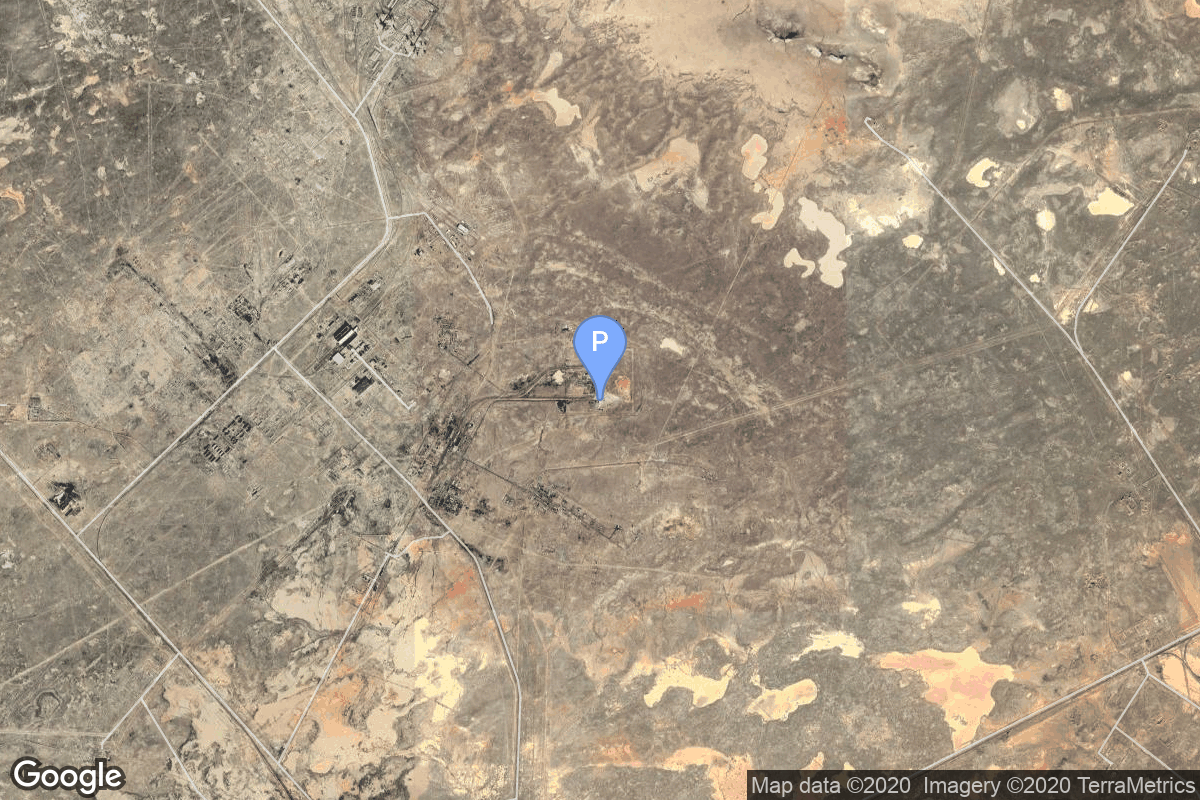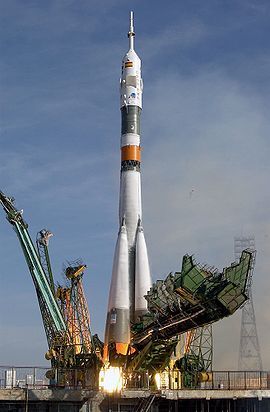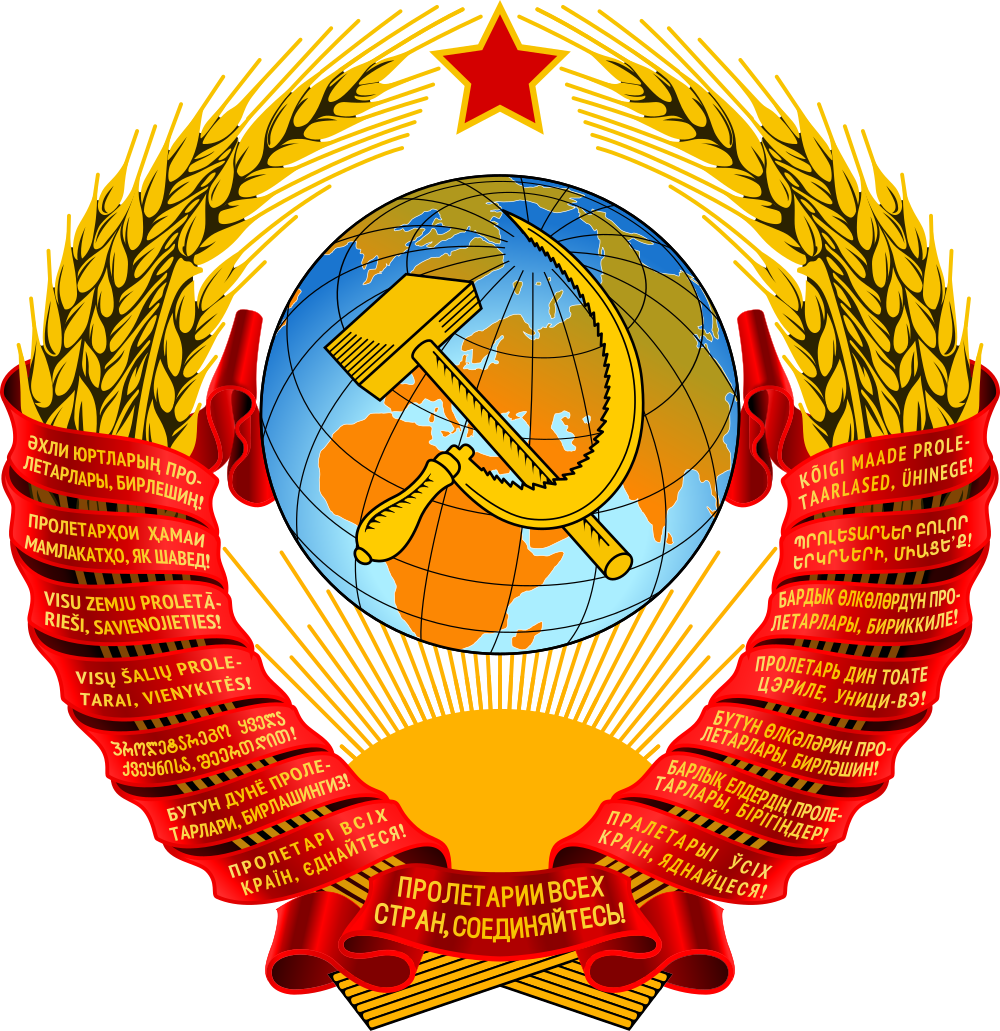Soyuz TM-10
Soyuz-U2
Soviet Space Program
Crew
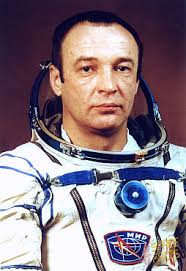
Gennadi Manakov
- Birthday: 06/01/1950
- Role: Commander
- Nationality: Russian
- First Flight: 08/01/1990
- Last Flight: 01/24/1993
Gennadi Mikhailovich Manakov is a former cosmonaut who commanded two Soyuz flights.
He was selected on 2 September 1985 and flew as Commander on Soyuz TM-10 and Soyuz TM-16, retiring on 20 December 1996.
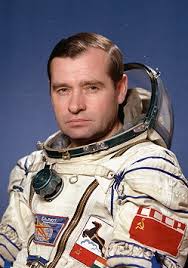
Gennadi Strekalov
- Birthday: 10/26/1940
- Role: Flight Engineer
- Nationality: Russian
- First Flight: 11/27/1980
- Last Flight: 03/14/1995
Gennadi Mikhailovich Strekalov (Russian: Генна́дий Миха́йлович Стрека́лов; October 26, 1940 – December 25, 2004) was an engineer, cosmonaut, and administrator at Russian aerospace firm RSC Energia. He flew into space five times and lived aboard the Salyut-6, Salyut-7, and Mir space stations, spending over 268 days in space. The catastrophic explosion of a Soyuz rocket in 1983 led to him being one of only two people to use a launch escape system.
Mission
Soyuz TM-10
- Type: Human Exploration
- Orbit: Low Earth Orbit
Soyuz TM-10 was the tenth mission and the seventh long-duration expedition to Mir space station. The mission began on August 1, 1990, 09:32:21 UTC, launching Commander Gennadi Manakov and Flight Engineer Gennadi Strekalov into orbit. They docked with Mir two days later. During their stay there, cosmonauts performed an EVA, various station repair and maintenance tasks, and carried out scientific experiments in biology, geophysics, space technology, astronomy etc. They were visited by a Progress M-5 resupply spacecraft and Soyuz TM-11 expedition.
The mission concluded with a safe landing back on Earth on December 10, 1990, 06:08:12 UTC.
Location
1/5
Baikonur Cosmodrome, Republic of Kazakhstan
1/5 has witnessed the launch of 487 rockets, including 487 orbital launch attempts, while Baikonur Cosmodrome, Republic of Kazakhstan, has been the site for 1547 rocket launches.
Rocket
Soviet Space Program Soyuz-U2
The Soyuz-U2 was a Soviet, later Russian, carrier rocket. It was derived from the Soyuz-U, and a member of the R-7 family of rockets. It featured increased performance compared with the baseline Soyuz-U, due to the use of syntin propellant, as opposed to RP-1 paraffin, used on the Soyuz-U.
Agency
Soviet Space Program
The Soviet space program, was the national space program of the Union of Soviet Socialist Republics (USSR) actived from 1930s until disintegration of the Soviet Union in 1991.
The Soviet Union’s space program was mainly based on the cosmonautic exploration of space and the development of the expandable launch vehicles, which had been split between many design bureaus competing against each other. Over its 60-years of history, the Russian program was responsible for a number of pioneering feats and accomplishments in the human space flight, including the first intercontinental ballistic missile (R-7), first satellite (Sputnik 1), first animal in Earth orbit (the dog Laika on Sputnik 2), first human in space and Earth orbit (cosmonaut Yuri Gagarin on Vostok 1), first woman in space and Earth orbit (cosmonaut Valentina Tereshkova on Vostok 6), first spacewalk (cosmonaut Alexei Leonov on Voskhod 2), first Moon impact (Luna 2), first image of the far side of the Moon (Luna 3) and unmanned lunar soft landing (Luna 9), first space rover (Lunokhod 1), first sample of lunar soil automatically extracted and brought to Earth (Luna 16), and first space station (Salyut 1). Further notable records included the first interplanetary probes: Venera 1 and Mars 1 to fly by Venus and Mars, respectively, Venera 3 and Mars 2 to impact the respective planet surface, and Venera 7 and Mars 3 to make soft landings on these planets.
